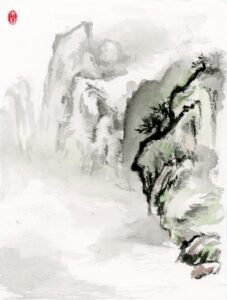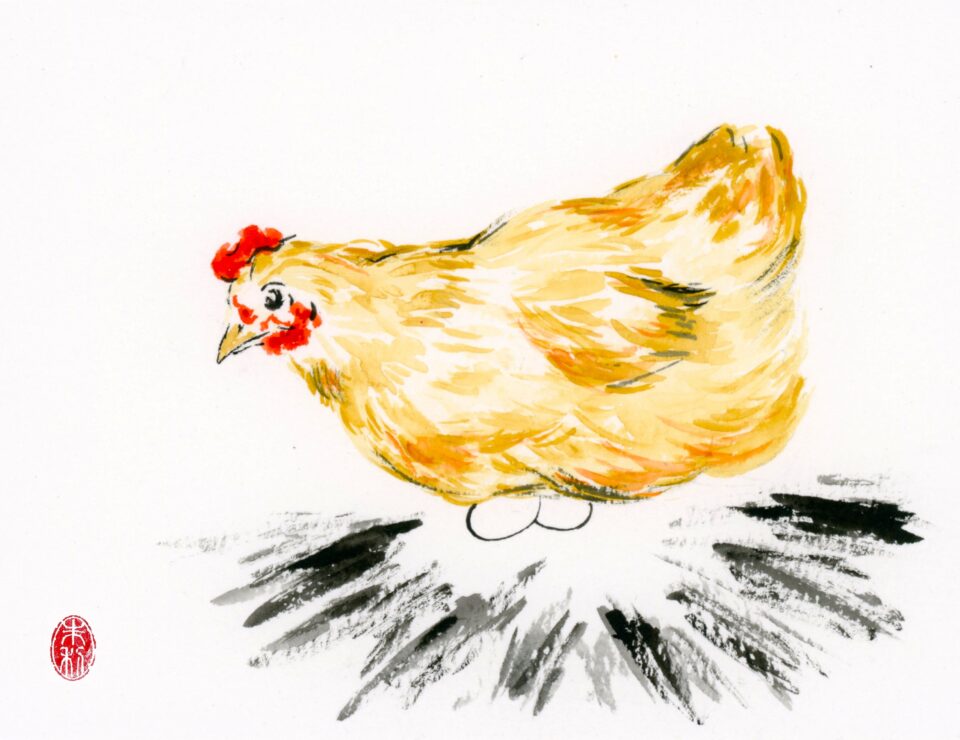
The 72 Seasons - February 2023
In Japan, there are 72 subdivision seasons called the shichijuni kou. The seasons are named after the birds, insects, plants, and weather of each change in nature every five days.
大寒 Daikan (Greater Cold)
- January 30–February 3: 鶏始乳 Niwatori hajimete toya ni tsuku (Hens Start Laying Eggs)
立春 Risshun (Beginning of Spring)
- February 4–8: 東風解凍 Harukaze kōri o toku (East Wind Melts the Ice)
- February 9–13: 黄鶯睍睆 Kōō kenkan su (Willow Warbler Starts Singing)
- February 14–18: 魚上氷 Uo kōri o izuru (Fish Emerge Out of the Broken Ice)
雨水 Usui (Rainwater)
- February 19–23: 土脉潤起 Tsuchi no shō uruoi okoru (Snow Melts & Moistens the Soil)
- February 24–28: 霞始靆 Kasumi hajimete tanabiku (Fog Starts to Float)
________________________________________________________________________________
“鶏始乳” is the last of the 72 seasons. It means that hens start laying eggs. Initially, hens only lay eggs from spring to early summer. Eggs were regarded as a precious food since they can only be produced for a limited time. It also marks the end of the long winter.
Risshun is the start of vibrant spring, it also symbolizes the beginning of new life and holds hope for warmth, recovery, and renewal. The first season in a year is "eastern wind melts the ice". Plum blossoms bloom during this time. The spring breeze blows the fragrance of plum blossoms. The first sound of the spring is called hatsune by the first warbler. Willow Warblers are also called "spring birds" as if they are telling everyone that spring is coming. Warmed by the warm sunshine, the sound of spring echoes pleasantly. From the middle of February, the frozen surfaces of rivers and lakes begin to crack, fish can be seen swimming in the warmer water. Sometimes, the fish even jump onto the thin ice. The ban on mountain stream fishing will gradually be lifted in many areas.
Usui means the snow melts to rain. It is the time when plants and trees begin to sprout, it has been regarded as the beginning of farming. The snow on the mountains slowly melts and moistens the fields, and the sleeping animals awaken. Spring fog, also called haze, is an early spring scene unique to this season. The sight of green buds bursting forth all at once from the ground and from the branches of trees has been a source of excitement for people waiting for the first signs of spring.
________________________________________________________________________________
鶏始乳 Niwatori hajimete toya ni tsuku (Hens Start Laying Eggs)
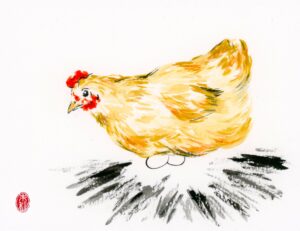
東風解凍 Harukaze kōri o toku (East Wind Melts the Ice)
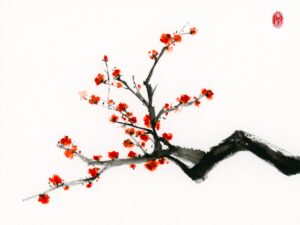
黄鶯睍睆 Kōō kenkan su (Willow Warbler Starts Singing)
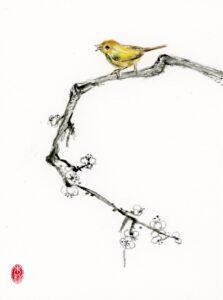
魚上氷 Uo kōri o izuru (Fish Emerge Out of the Broken Ice)
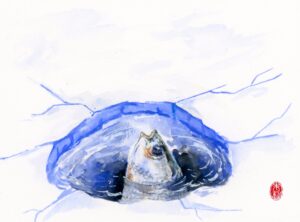
土脉潤起 Tsuchi no shō uruoi okoru (Snow Melts & Moistens the Soil)

霞始靆 Kasumi hajimete tanabiku (Fog Starts to Float)
